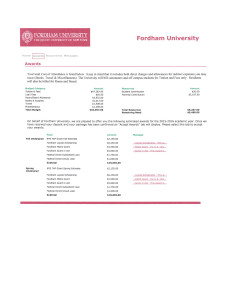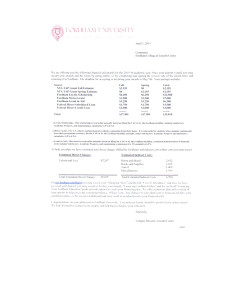I was recently asked a question regarding multiple 529 plans as part of college financial planning in 2021.
As a general rule, I don’t recommend parents should utilize multiple plans. However, there are occasions that call for multiple 529 plans:
- If your children are more than a couple of years apart in age, you will most likely have different investment objectives for their college savings. You may decide that one particular 529 plan has better equity-weighted investments (suitable for a young child) while a different 529 plan is more attractive for its conservative options (suitable for an older child).
- If you have a sense of which particular schools, or types of school, your children are likely to attend, the choice of institution may influence your selection of a 529 plan. This is especially true if your state offers a prepaid tuition plan, or if you are considering the private-college Independent 529 Plan. A few of the 529 savings plans also offer extra benefits for students attending certain schools.
- If you’re simply not sure about your choice of 529 plan, you can hedge your bets by spreading your contributions among two or more 529 plans. You might also achieve some more diversification in your investments by doing so, at least in regard to the fund managers handling your college savings.
When shopping for a 529 plan, you should always consider your own state’s 529 plan, even if you ultimately decide to go with an out-of-state 529 plan. Special tax or other benefits may be available for using your in-state plan.
In some states, you may be able to take full advantage of a state tax deduction by enrolling just one of your children in the state’s 529 plan, giving you more freedom to search outside your state for a 529 plan for your other child. In other states, however, the full state tax benefit is obtained only when both of your children are enrolled in the in-state 529 plan.
Contact us right now for a no obligation assessment to understand if we can increase your financial aid and reduce the stress of sending your child to college.




